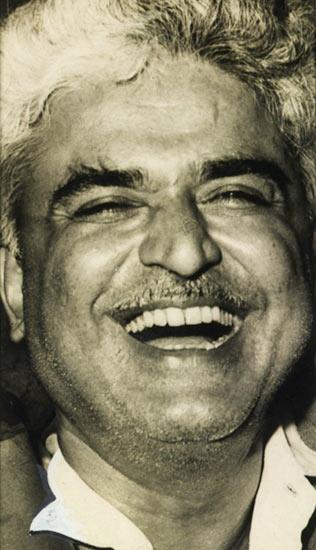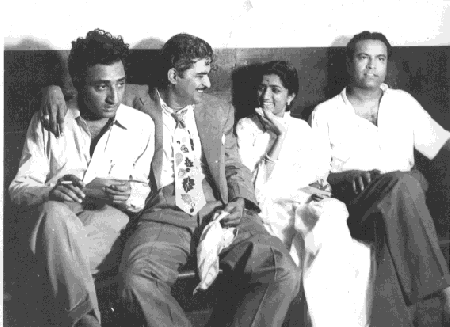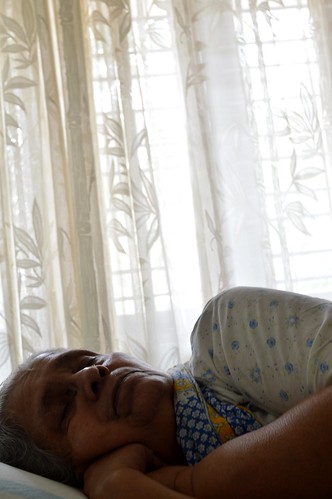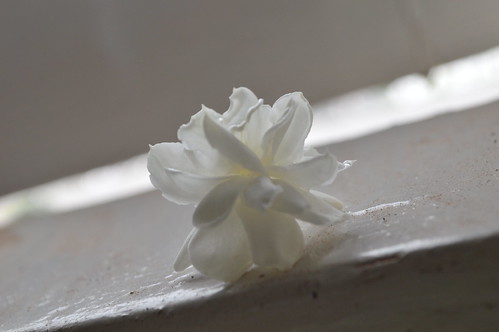We have a neem tree just outside the gate of our house.
A magnificent towering tree, a tree cathedral really, because if you stand under it and look up, you'll see the branches making arches that reach up and up and up and up, covered with a delicate lace-work of neem leaves that remind you of stained glass windows through which the sky floats down on you in little bright bits of azure blue...
And on the massive, gnarled trunk of this tree, the squirrels swirl and eddy all day like flashes of furry, brown lightning...
My association with squirrels - if you can call it that - goes back to a favourite childhood story that my father used to tell me………
Lord Rama stood at land’s end, on the last leg of his mission to rescue his beloved Sita from
the covetous clutches of Ravana. Hanuman and his Vanar Sena were filling the sea with stones,
building the bridge that would take Rama across to Lanka where Sita was held prisoner.
And with them, another little army was doing its bit. A small band of squirrels.
Too small to carry stones, their tiny paws could manage only a few grains of sand.
But they didn't stop to think about the littleness of their contribution. All that mattered was
to help their brave, beloved Lord Rama. So they scurried back and forth tirelessly, throwing their tiny clutches of sand into the seemingly bottomless ocean.
the covetous clutches of Ravana. Hanuman and his Vanar Sena were filling the sea with stones,
building the bridge that would take Rama across to Lanka where Sita was held prisoner.
And with them, another little army was doing its bit. A small band of squirrels.
Too small to carry stones, their tiny paws could manage only a few grains of sand.
But they didn't stop to think about the littleness of their contribution. All that mattered was
to help their brave, beloved Lord Rama. So they scurried back and forth tirelessly, throwing their tiny clutches of sand into the seemingly bottomless ocean.
And before long, the bridge was built and Rama crossed the sea, slayed Ravana and brought his Sita back home.
And he did not forget the devoted service of the little squirrel. Running his hand gently down its back, he branded it forever with three beautiful silver streaks of gratitude, stripes of honour that the squirrel wears to this very day and remains a symbol of the selfless labour of love.
And he did not forget the devoted service of the little squirrel. Running his hand gently down its back, he branded it forever with three beautiful silver streaks of gratitude, stripes of honour that the squirrel wears to this very day and remains a symbol of the selfless labour of love.
So, when I moved to Mysore after my dad's death, I would often watch these squirrels and listen to their shrieks of "cheerp, cheerp, cheerp" somewhere far up in that neem tree and think of him. (According to my research, these ear-piercing shrieks are supposed to be alarms, to warn against danger. When I look around, i don't spot any but then I'm not a squirrel and I have a feeling it is either the marmalade or the grey cat who stalk the branches of the tree, imagining themselves - as I see from their gait - to be no less than a leopard or a tiger in some deep, dark forest...)
Then one day, I happened to see one of the squirrels devouring some rice...
My grandmother would always start her lunch with a prayer and she's put away on her thali, an offering of a tiny portion of whatever was cooked that day for the meal. After lunch was done, that food was put outside under a tree or near a plant and some creature would eat it. I decided to revive this little act of thanksgiving and it was this little portion of rice and sambar and vegetable that the squirrel was eating.
I was riveted, which was also what prevented me from collapsing with laughter....
You see, the squirrel could fit only a few grains of rice in its paws at a time, but what it lacked in 'spoon-space', it made up by eating at such a ferocious speed that it was like watching a squirrel version of a very hungry, very tiny Chinaman eating rice with chopsticks - fast forward!
Which is how I started to feed the squirrels.
Bad idea, my mum said, because apparently my dad had tried to do so countless times but failed, even though he plied them with every possible delicacy from buttered bread to fruit.
But I was undeterred because the sight of that squirrel gobbling rice was so delightful!
Bad idea, my mum said, because apparently my dad had tried to do so countless times but failed, even though he plied them with every possible delicacy from buttered bread to fruit.
But I was undeterred because the sight of that squirrel gobbling rice was so delightful!
And what did I feed them?
Now according to Wikipedia, this species of squirrel (called the Indian palm squirrel, and a member of the rodent family, I'll have you know) eats mainly fruits and nuts.
But my squirrels?
Bread. Buttered toast. Idli. Dosa. Rotis of every denomination. Upma. And rice of as many kinds, all the way from just plain steamed rice to pulao, vangi bhath, lemon rice and bisi bele bhath...
Not that I haven't tried to feed them their supposed diet. Watermelon, banana, mango, papaya guava, all lovingly and painstakingly chopped into attractive squirrel-sized bits and scattered in seductive piles at the base of the tree. Other creatures like cows and buffalos have sneaked a bite in my basence but these squirrels?
No siree.
So, I just gave up and went back to feeding them their - and my favourite - foods
But whatever I have got, I made into this little video. I hope it will make you a watcher of squirrels too...
https://www.youtube.com/watch?v=qmPddVdYR6I
h
Now according to Wikipedia, this species of squirrel (called the Indian palm squirrel, and a member of the rodent family, I'll have you know) eats mainly fruits and nuts.
But my squirrels?
Bread. Buttered toast. Idli. Dosa. Rotis of every denomination. Upma. And rice of as many kinds, all the way from just plain steamed rice to pulao, vangi bhath, lemon rice and bisi bele bhath...
Not that I haven't tried to feed them their supposed diet. Watermelon, banana, mango, papaya guava, all lovingly and painstakingly chopped into attractive squirrel-sized bits and scattered in seductive piles at the base of the tree. Other creatures like cows and buffalos have sneaked a bite in my basence but these squirrels?
No siree.
So, I just gave up and went back to feeding them their - and my favourite - foods
I fall in love with them more each day, but they are difficult creatures to get close to. I wait and wait with my camera, near the base of the neem tree, trying to pretend I'm just a wayward branch or a stone, hoping to capture something that is evidence of why they are so utterly adorable and obsessable.
Alas.
https://www.youtube.com/watch?v=qmPddVdYR6I
h







































